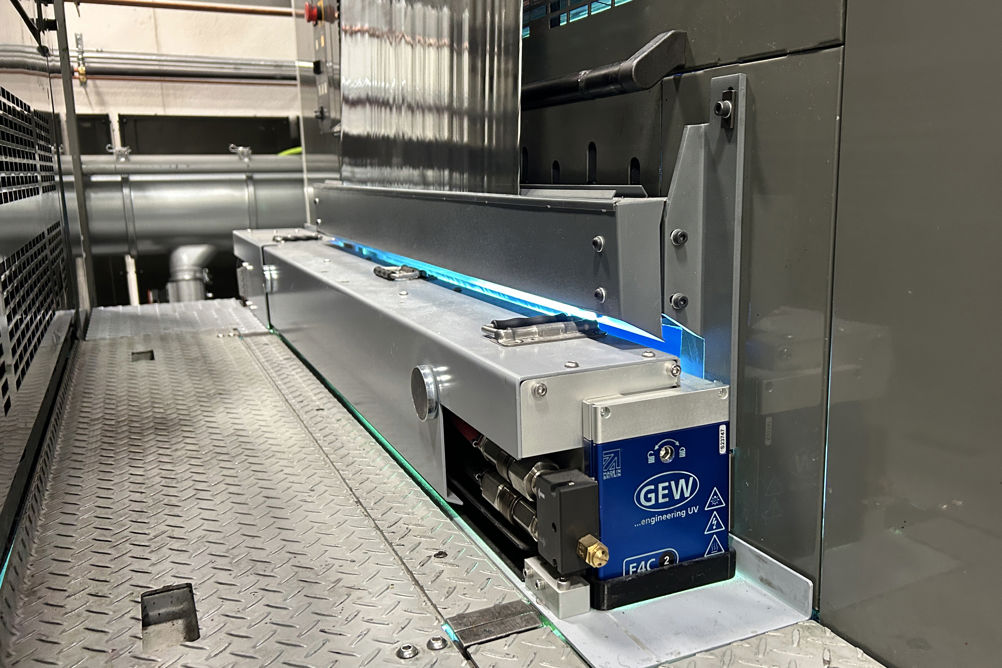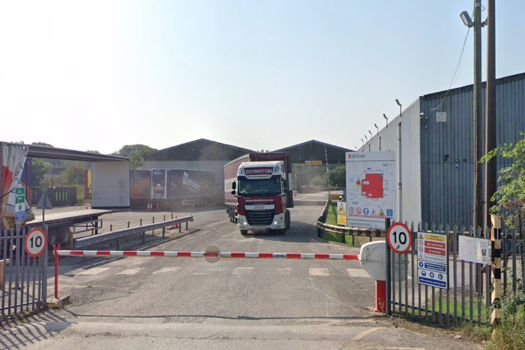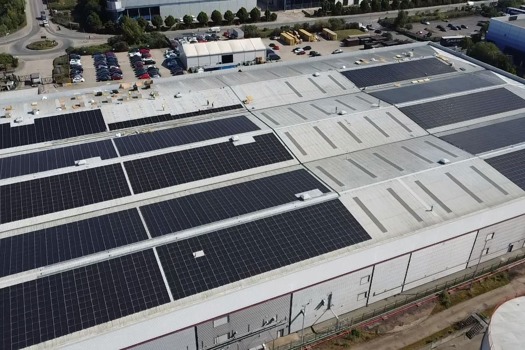In the competitive world of commercial printing, Dreamworks Graphic Communications set out to be different from day one. The business started in 2009, at a time when many long-established offset printers were failing and folding.
The small team that created the company knew that they would need a new approach, in order to be able to survive and prosper in the adverse marketplace of the time.
They have since carved out a niche for Dreamworks at the higher end of the market, producing extraordinary work with a range of specialist effects and techniques, to push back the boundaries of creativity in print.
Their shift to UV printing has been pivotal in carving out this niche.
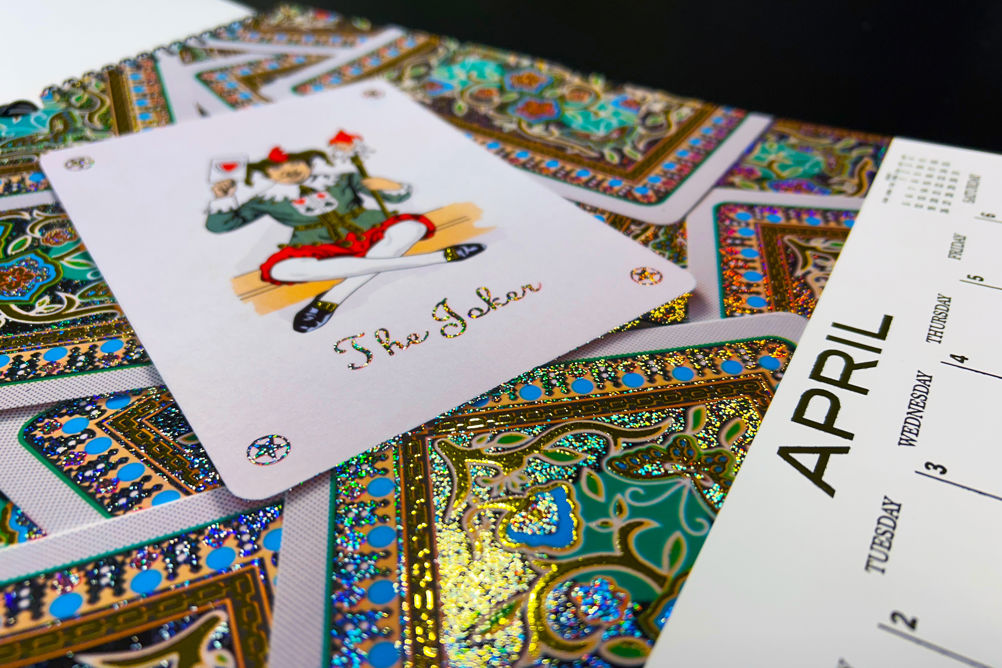
Choosing UV and GEW
Early in 2024, Dreamworks invested in a refurbished Komori Lithrone LS40 press and had a GEW E4C UV curing system retrofitted to the B1 machine, to ensure that it could handle the specialist work they had planned for it.
Joe Engwall, VP operations, had experience of working with UV curing systems in the past, as he has an existing UV system in operation on an older Komori press.
He explained why the business decided to shift over to GEW for the latest installation: “Adding the eight-colour with the cold foil and the GEW UV system has been a huge asset for us going forward.
“I was pretty loyal to the other UV system that we had, and it had worked fine for years and it still does, but when I started looking at GEW, I liked quite a few things about the system that were operator friendly for one, and consumables that I need being available quickly with GEW’s place in Cleveland, Ohio… that was another big thing.
“So, then I demoed, and I liked what I saw, and talked to people about it – and people were very high on [praise for] GEW, people that I respect, and that was what sold me.”
UV system configuration
The GEW system has been configured for maximum flexibility: each UV lamp is interchangeable and can be moved to any of the print stations.
“The way our UV system is configured is, it's on an eight-colour LS Komori, we have a docking station on every unit, we have four UV lamps for the eight units and then we have our end of press lamps,” said Engwall.
The adaptability of the configuration is put to the test on a regular basis, due to the diversity and complexity of the jobs put through the press.
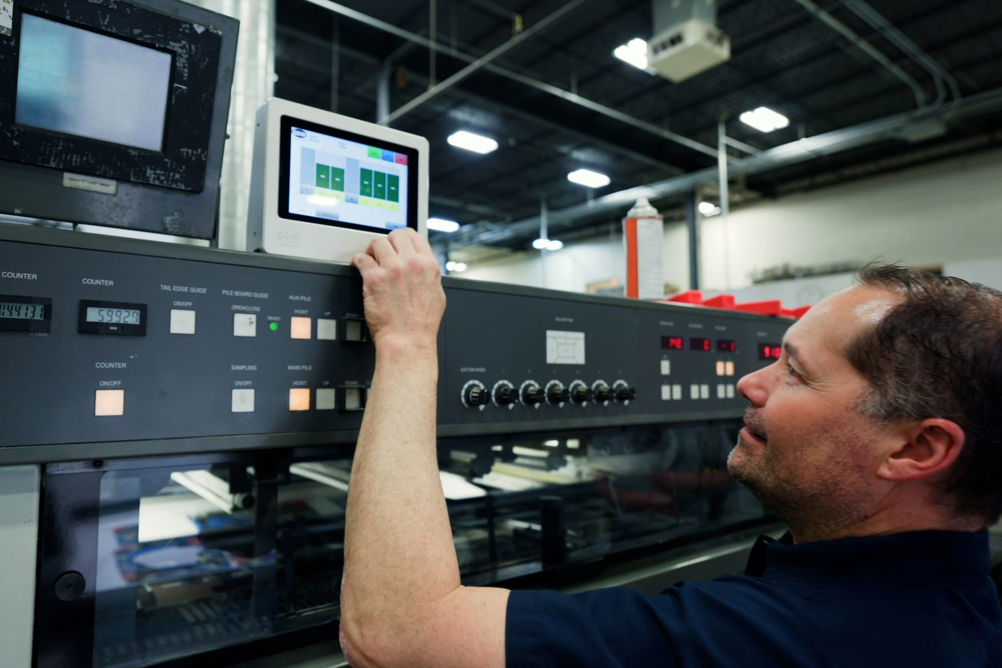
Dan Keylard, lead pressman, outlines some of his typical work: “We run all sorts of different kinds of custom printing from just regular C1S board to 3D lenticular plastic, we run all sorts of foil, we do UV strikethrough which is dull gloss combinations – we do all sorts of stuff.
“During the foil process you need a couple of lamps... the first unit puts down a foil adhesive ink, then the foil is applied, and the foil sticks to that ink, and we have an interdeck lamp right on that unit, cures it.
“Immediately after that, four colours are put down and then we lamp right at the yellow, and then we put a dull varnish over the yellow inline, and then from there it goes through the coater, puts the gloss on, and then we have the three bulbs at the end, and cures everything. That would be a perfect example of a custom job that you cannot do with conventional ink.”
Summary: what UV brings
Engwall concludes by summarising his thoughts: “UV has revolutionised what you can do with substrates, we work with just about every substrate under the sun, whether it be vinyls, clears, canvases, paper, coated, uncoated, any finish that's out there that you can put something on, we would say ‘yep, no problem, we can do that’.
“The more and more we use UV technology and put things out there like our calendar promo piece... it has so much in it, that you can show people what UV technology can bring to the table – and that part of it alone is enough to land any new customer.”
To find out more about how Dreamworks leveraged GEW technology to grow its business, see the full case study video on the GEW website, here.
